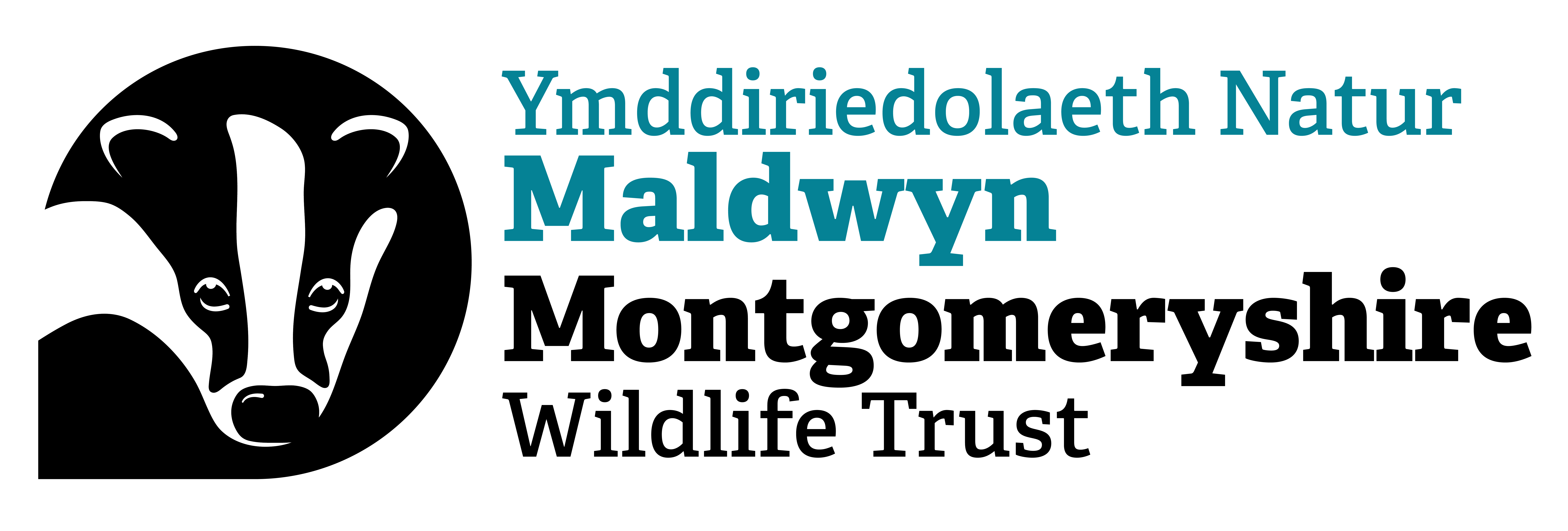Free smartphone app for discovering the wildlife of the Montgomery Canal launched
Montgomeryshire Wildlife Trust launch a free app, Canal Safari, designed to enable visitors to the Montgomery Canal in Wales to discover, spot, identify and record its wildlife
